Grow These 8 Lunar New Year Plants For The Year Of The Dragon
The Year of the Dragon can inspire us to grow with courage and vision – but which flowers bring the most prosperity and fortune? We round up the luckiest Lunar New Year plants
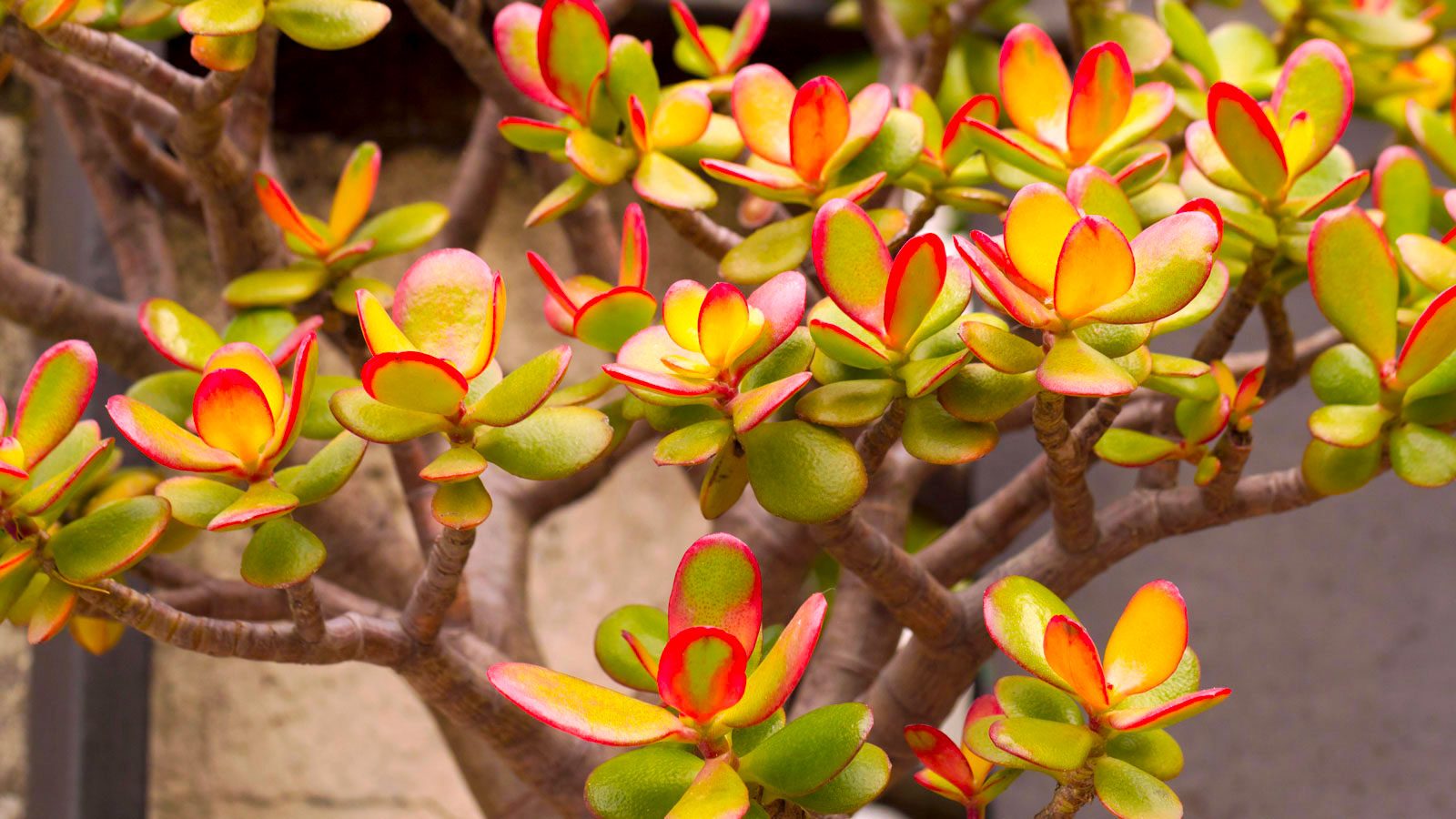

The Lunar New Year is a chance to embrace the Year of the Dragon – and bring a more adventurous, confident approach to our gardening! As an emblem of energy, power and transformation, the dragon is an exceptional animal in the Chinese lunar calendar. Fifth of the animals (after rat, ox, tiger and rabbit), it is alone in being derived from a mythical creature. Yet with its fiery symbolism, it encapsulates a vibrancy and vitality we can all harness in our gardening over the coming year.
For lovers of Feng Shui and Oriental planting, there are certain Lunar New Year plants which add not only beauty but also the promise of good fortune to gardens inside and out. Emblems of positivity and prosperity, Chinese New Year flowers and plants can serve as talismans for our best intentions – and in the case of the dragon, these plants can help us tap into an altogether more visionary gardening spirit. So if you fancy elevating your garden’s positive vibes, try harnessing the heft and zing of the dragon with some of the luckiest flowers and plants in the new lunar cycle.
Which Lunar New Year Plants Are Luckiest For The Year Of The Dragon?
There are several Lunar New Year options which augur fortune and prosperity, regardless of which year it is. Pussy willow, synonymous with new beginnings, is one such plant to grow. Lucky bamboo is frequently grown in indoor spaces to ramp up the positive vibes. This lucky plant can be fashioned into different numbers of stalks, depending on the type of fortune you hope to attract (six for domestic harmony, two for partnerships, and so on). And the Chinese Lantern plant (Physalis alkekengi) is also desirable for those seeking a shot of good fortune, no matter what your Chinese zodiac animal is.
Several ornate floral plants can be grown to attract good fortune. Orchids (especially Phalaenopsis) make excellent Lunar New Year plants for growers looking to ramp up their love energy. Narcissus flowers, with their hues of silver and gold, are said to be synonymous with wealth. But what is it that defines lucky ‘Year of the Dragon’ plants and plant growing? Partly, it’s about color: purples, golds and silvers are auspicious for dragon years. You should also consider plant location – west-facing positions are recommended. Beyond that, have fun experimenting with any of the following flowers and plants to unleash the power of your inner dragon!
1. Hyacinth
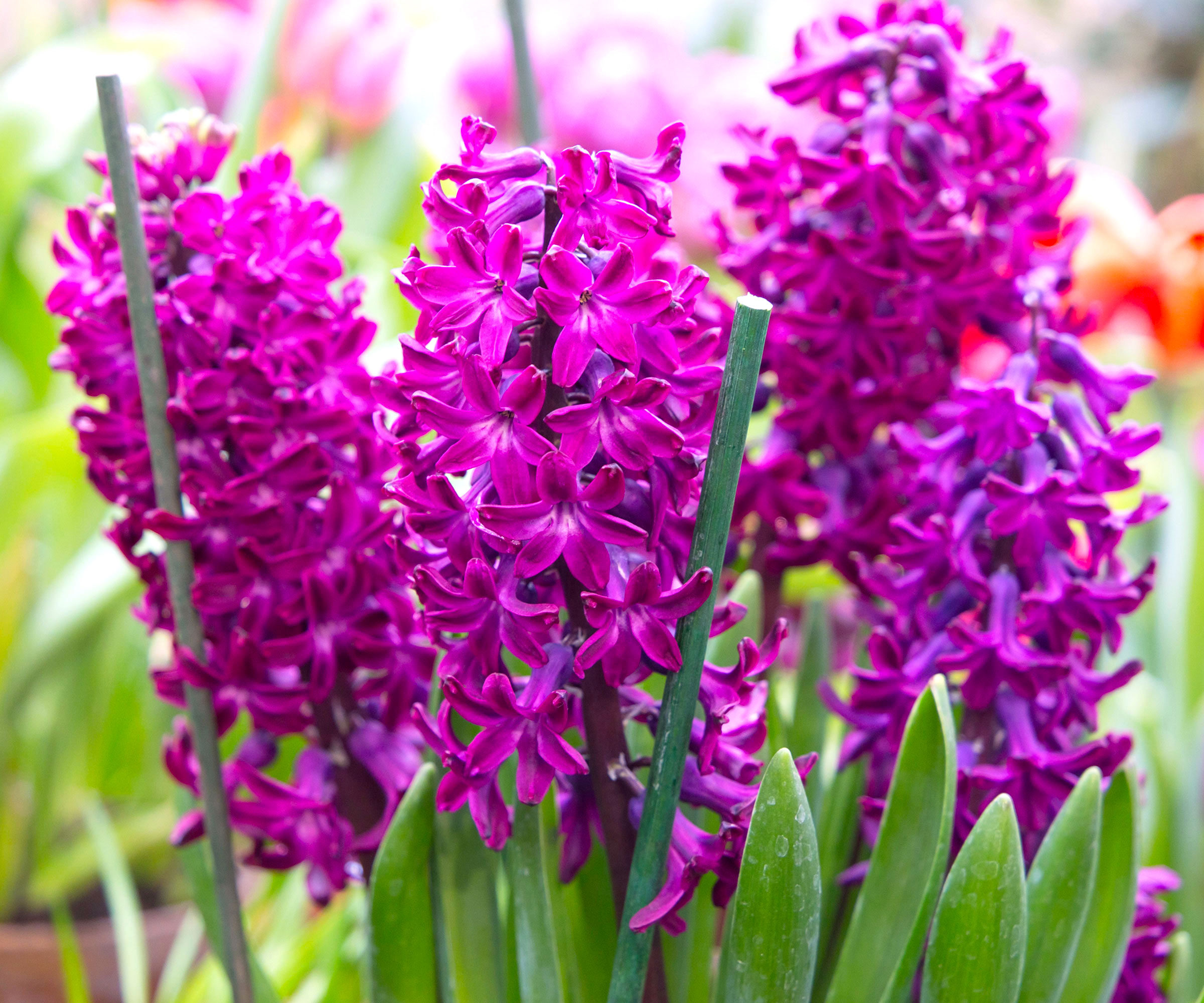
The hyacinth is one lucky flower associated strongly with the Year of the Dragon in Chinese mythology. A vivid emblem of positivity, it is said to help dispel negative forces in your surroundings. Widely regarded for their uplifting and deeply fragrant blooms, flowering hyacinths are considered potent forces for serenity in a domestic environment. They are available in a range of tones from creams and whites to pinks, but it’s well worth growing some in violet blues or lush deep purples so you can make the most of the dragon’s luckiest colors.
2. Bleeding Heart
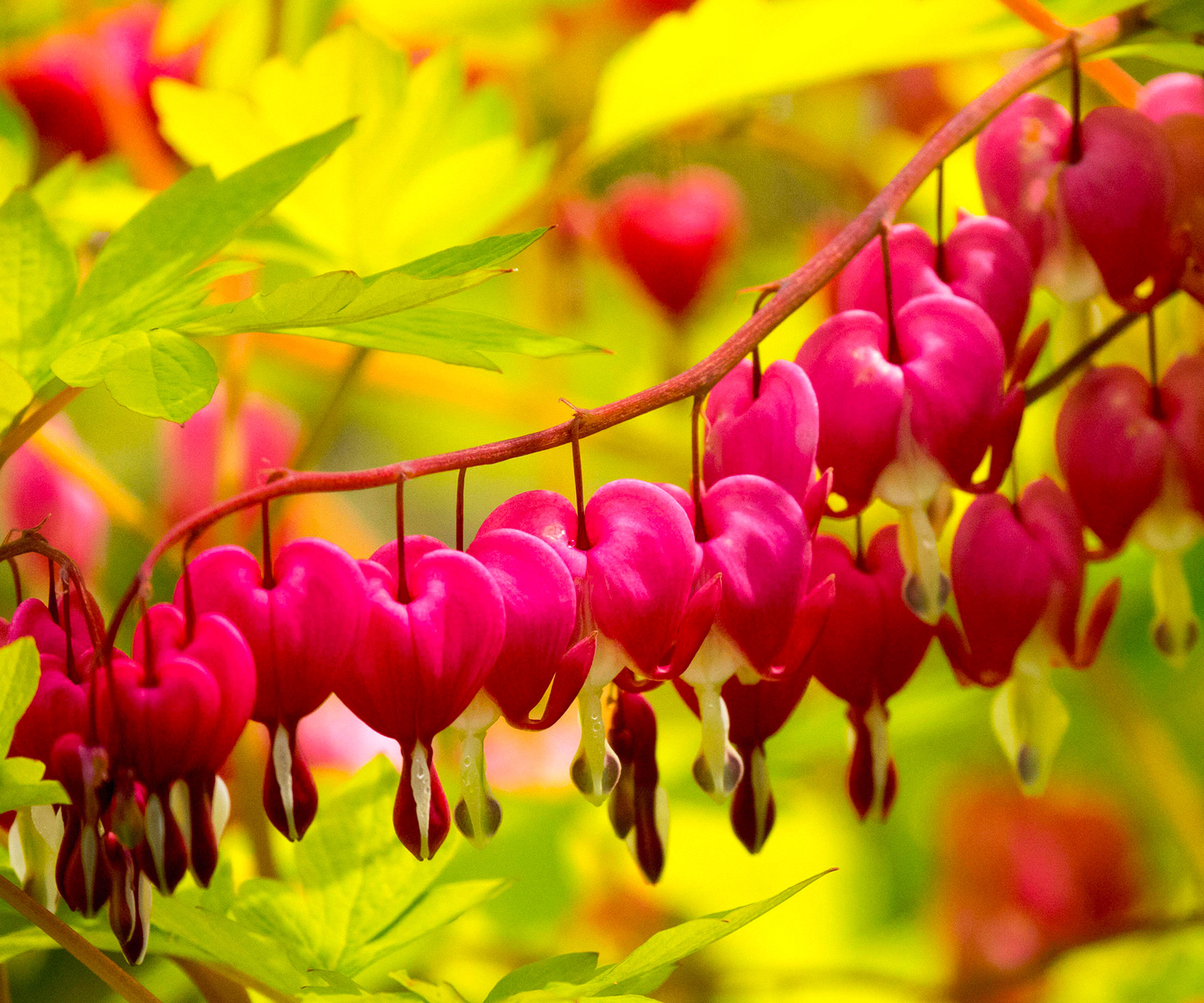
Bleeding hearts (Dicentra) are great balancing agents, according to Chinese mythology. They are often referred to as the ‘embroidered purse peony’ in Chinese (peonies also being highly regarded for prosperity). The ‘purse peony’ reference alludes to the traditional tale of a female deity who embroidered a purse for her lover, which she hung from the branches of a peony tree. So beautiful was her stitching, it fooled passing pollinators – eventually, the ‘purse’ became entwined with the tree, giving life to a new heart-shaped flower. For this reason, bleeding heart plants are said to be particularly effective as a marker for good luck in relationships.
3. Kumquat
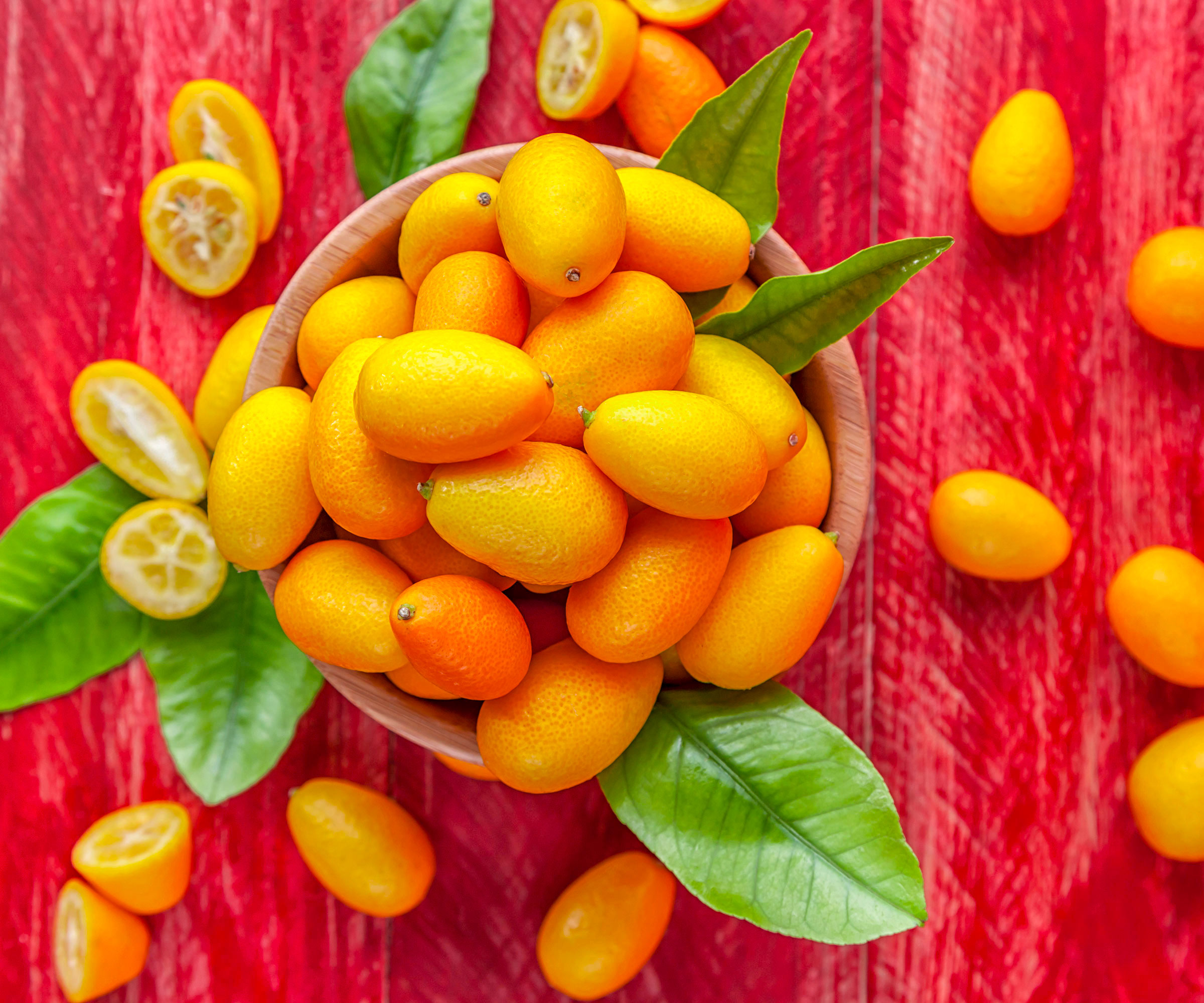
Once you know the word ‘kumquat’ means ‘golden orange’ in Chinese, you can see why it is heavily associated with gold and so highly prized as an emblem for wealth and prosperity in the home garden. Indeed, this fruit tree is part of the genus Fortunella – a name which seems heaven sent. Since the color gold is also considered such a lucky tone for dragons, the kumquat tree is well worth a place in this year’s gardening plans if you’re after lucky Lunar New Year plants. The wood of the fruit tree signifies a double boon for 2024, the Year of the Wood Dragon.
Gardening tips, videos, info and more delivered right to your inbox!
Sign up for the Gardening Know How newsletter today and receive a free copy of our e-book "How to Grow Delicious Tomatoes".
4. Larkspur
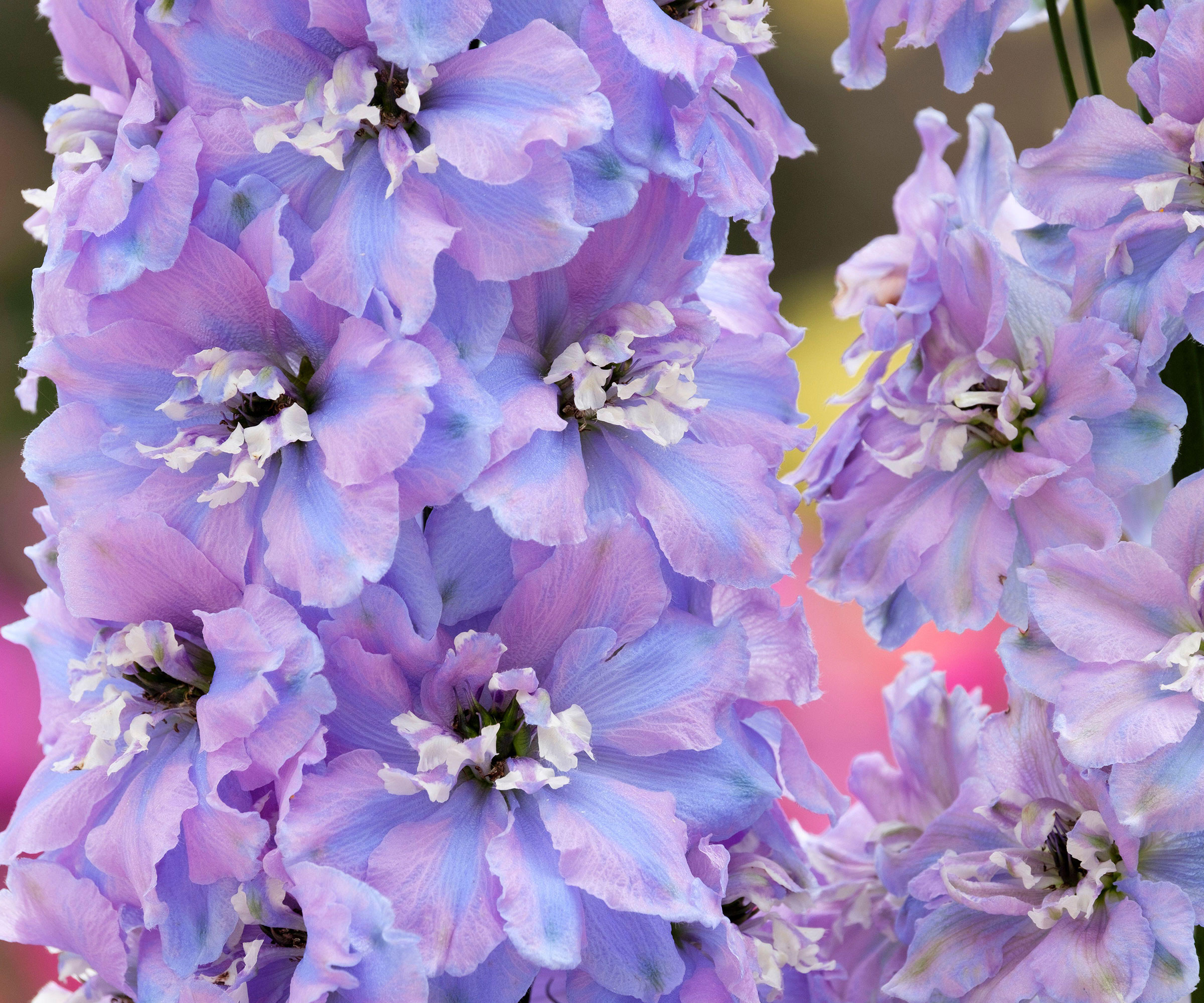
The larkspur, also known as the knight’s spur, is another dramatic flowering ornamental with potent dragon affiliations. These towering spires of white, blue and purple blooms have a folklore drenched in dragon’s blood. The legend goes that the larkspur came about when a group of valiant warriors killed a dragon and wiped their swords in the earth. The drops of dragon’s blood left behind were transformed into larkspur plants, bursting forth from the ground like luminous swords. This flowering plant is now, ironically, synonymous with good fortune in the Year of the Dragon.
5. Flamingo Flower
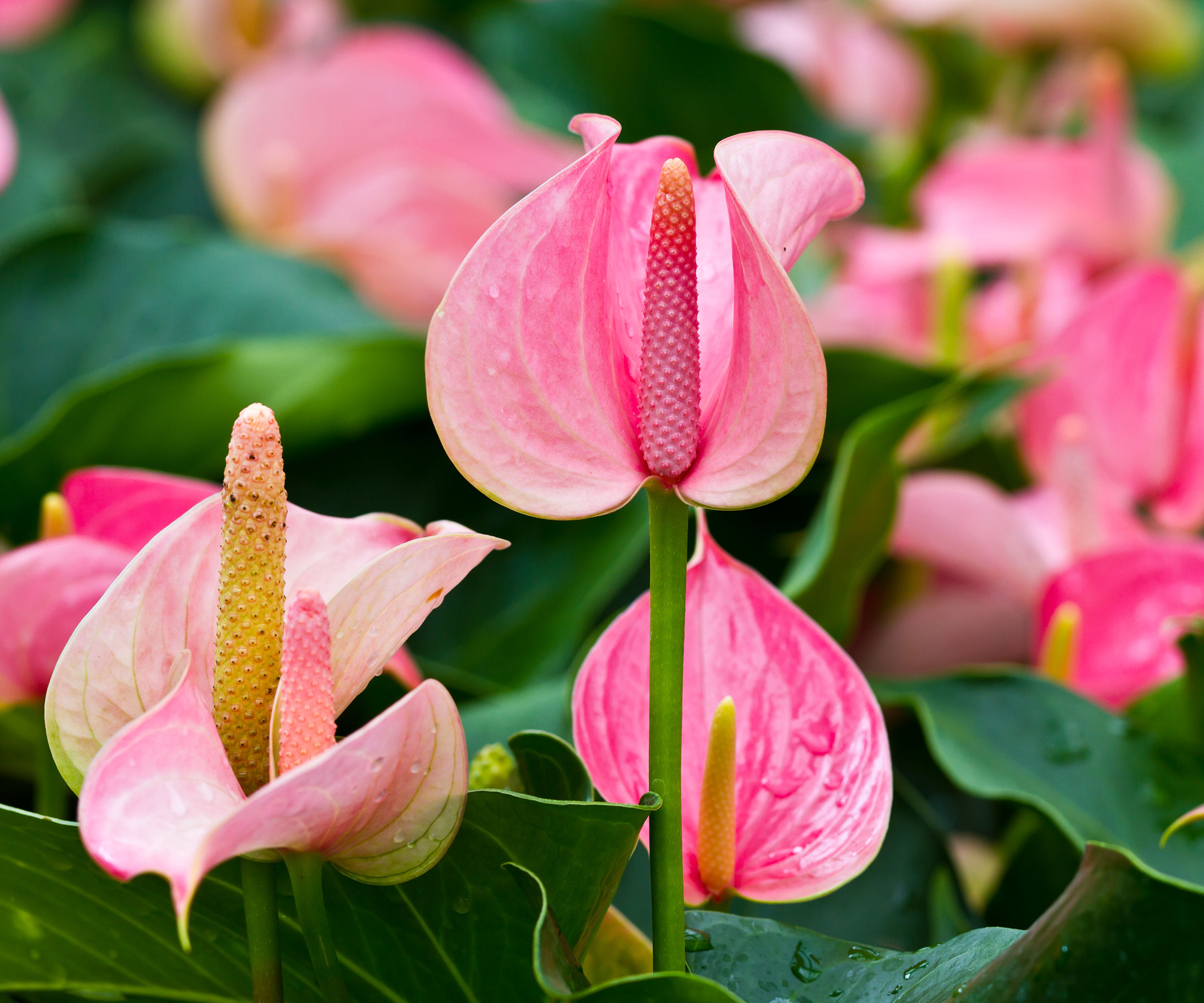
Positive vibes are guaranteed if you grow a flamingo flower (also known as anthurium or flamingo lily). The Chinese consider the anthurium to be synonymous with great bounty, particularly if you grow it in a south-facing spot to maximize wealth potential. Opinion is divided as to whether red is a lucky color for plants associated with the Year of the Dragon: some view it as a powerful accent tone for prosperity, while others consider it overkill. Still, you can always grow pink and white flamingo flowers, to be on the safe side – and rest assured that the gleaming golden yellow central spadix of the flamingo flower is very lucky indeed.
6. Chinese Rose
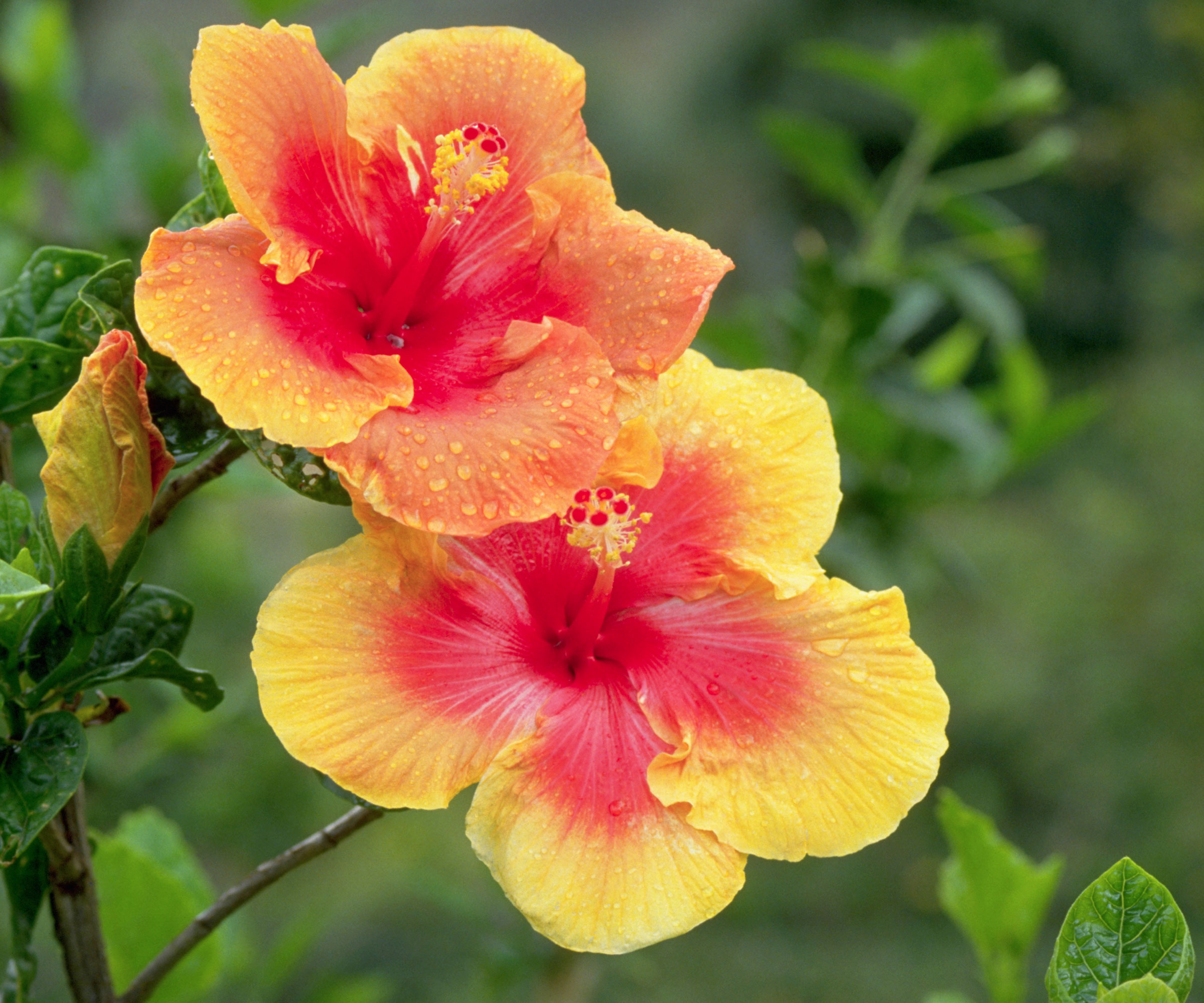
Also known as Hibiscus rosa-sinensis, the Chinese rose has strong associations with good luck and prosperity. This tropical ornamental, with its peach, pink, orange, blue or purple hues, has long-standing symbolism as an emblem for positive energy. Roses themselves are revered for invoking a sense of optimism, innocence, peace and devotion. They are key native flowers for manifesting harmony. This makes them a perfect fit for the Chinese dragon which, unlike its feisty Western counterpart, is a benevolent agent for virtuosity and goodness.
7. Cyclamen
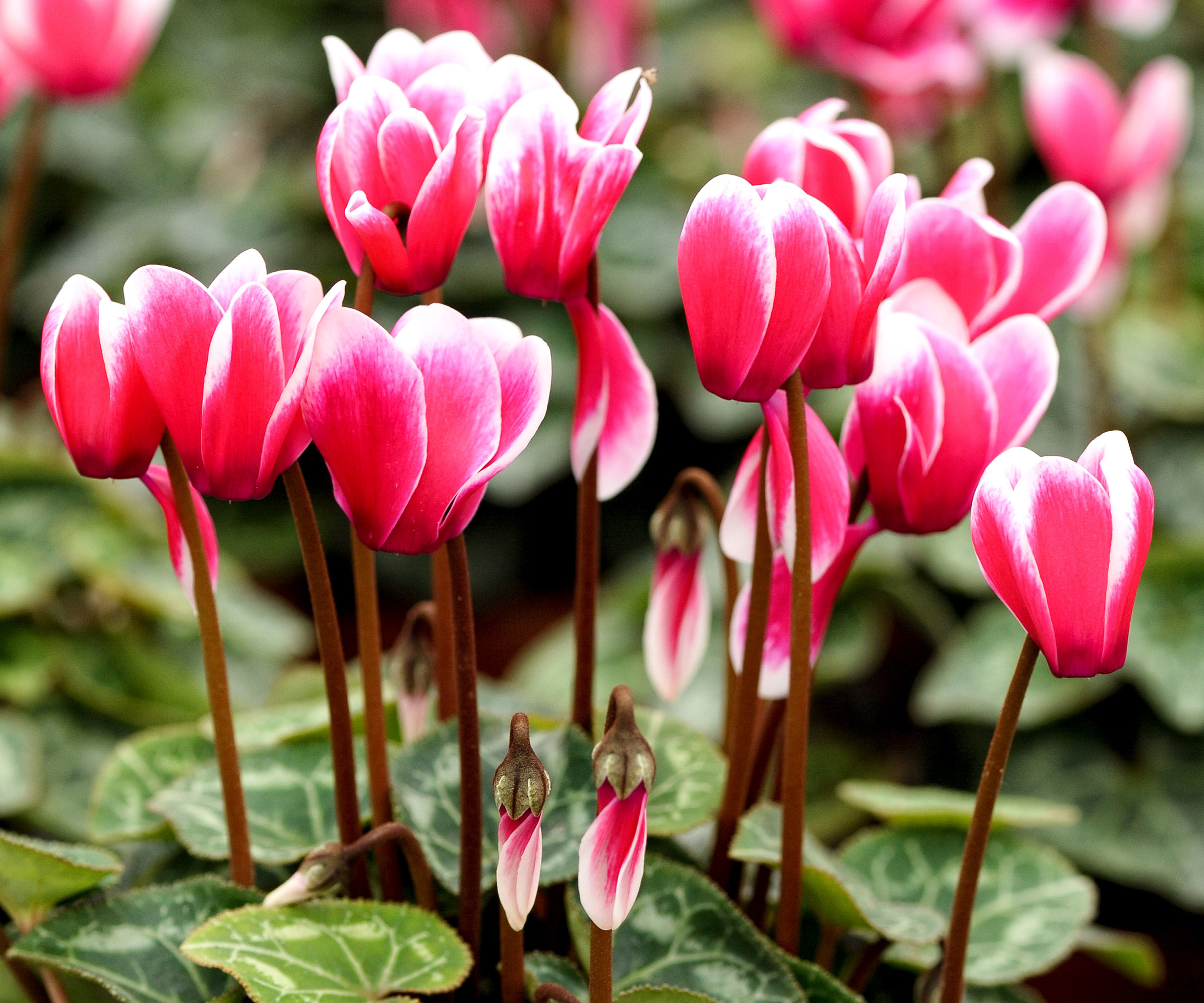
Elemental and pure, cyclamen have a unique place in Chinese folklore as symbols of sincerity and good fortune with an otherworldly allure. The Chinese name for ‘cyclamen’ roughly translates as ‘the guest from the fairyland’. With its delicate floral clusters that seem to hover atop ethereal stems, it’s easy to see why Chinese mythology focuses on its dreamlike qualities. According to legend, it is believed that cyclamen seeds originated from a rabbit that lived on the moon. When the seeds were planted, the emerging blooms were reminiscent of those same bunny ears!
8. Azalea

In Chinese tradition, the appearance of a flowering azalea is recognised as a sign of exceptional good fortune and renewal, heralding fresh beginnings. Flamboyant and festive, these acid-loving shrubs denote prosperity whether planted in the ground or grown in containers. Prized as emblems of abundance, azaleas are also synonymous with contentment in home life. This makes these dazzling ornamentals ideal for gifting as well as growing during the Year of the Dragon, and for many vibrant years to come.

Janey is a former assistant editor of the UK’s oldest gardening magazine, Amateur Gardening, where she worked for five years. For the last few years, she has also been writing and editing content for digital gardening brands GardeningEtc and Homes & Gardens. She’s taken part in a range of conservation and rewilding projects for the Royal Horticultural Society (RHS) and the British Trust for Conservation Volunteers (BTCV) as a way of exploring her horticultural horizons. She is currently undertaking her RHS Level 2 certificate in The Principles of Plant Growth and Development.
-
 Get Ready For A Summer Of Hummers! Grow These Full Sun Hummingbird Plants and Flowers
Get Ready For A Summer Of Hummers! Grow These Full Sun Hummingbird Plants and FlowersIf you’re lucky enough to enjoy a sunny backyard, make sure you are maxing out on your pollinator opportunities and grow these full sun hummingbird plants and flowers
By Tonya Barnett
-
 12 Lush Alternatives To A Lawn For Sustainable Spaces
12 Lush Alternatives To A Lawn For Sustainable SpacesAlternatives to a lawn are beautiful and also beneficial to your local ecosystem and its pollinators. Explore our top picks for plants to replace grass.
By Tonya Barnett
-
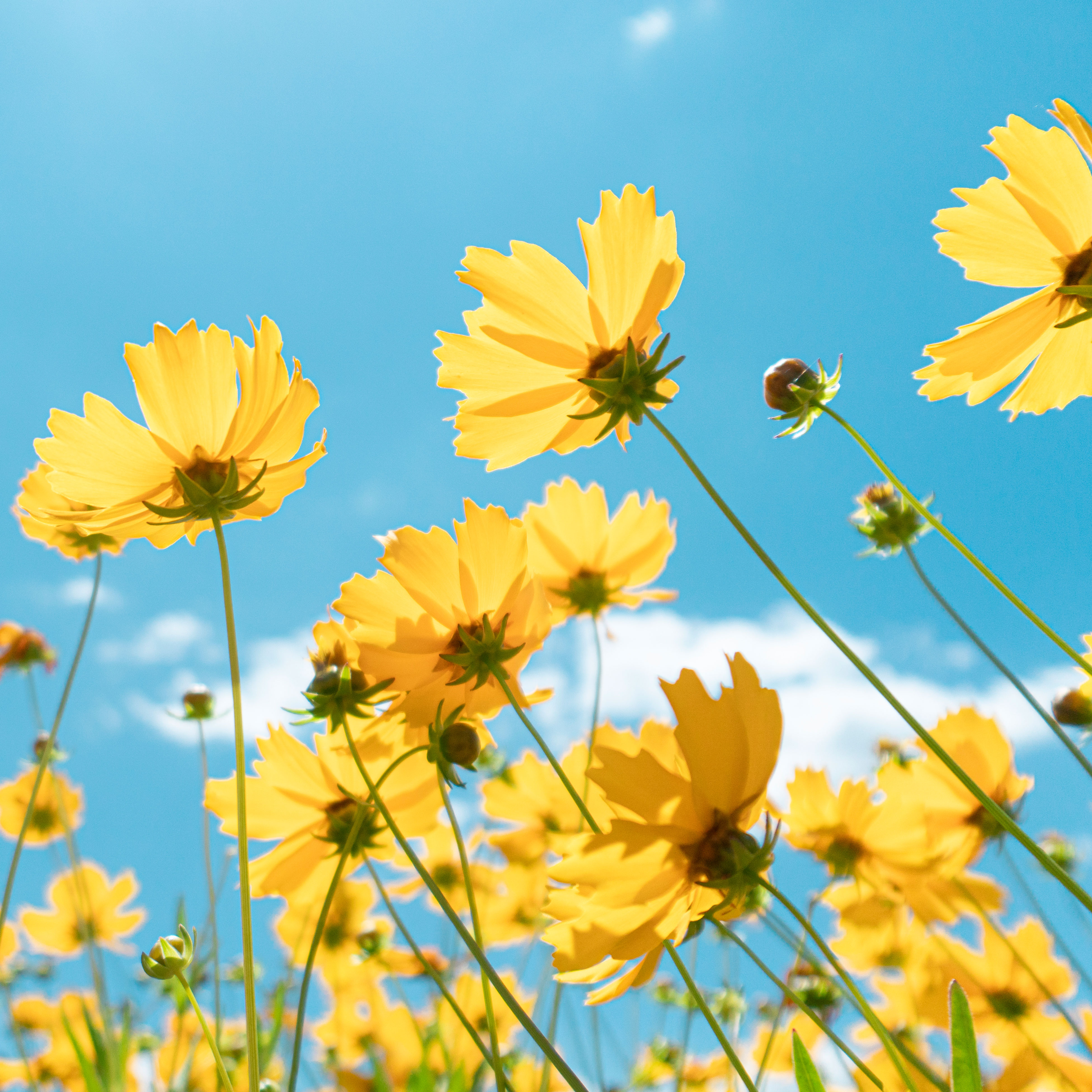 Growing For Gold: 9 Unique Yellow Flowers To Grow For Sunshine Garden Color
Growing For Gold: 9 Unique Yellow Flowers To Grow For Sunshine Garden ColorFrom vivid sunny lemons to rich butterscotch tones, yellow is a color that deserves a spot in every garden. These nine unique yellow flowers will fill your plot with cheer
By Tonya Barnett
-
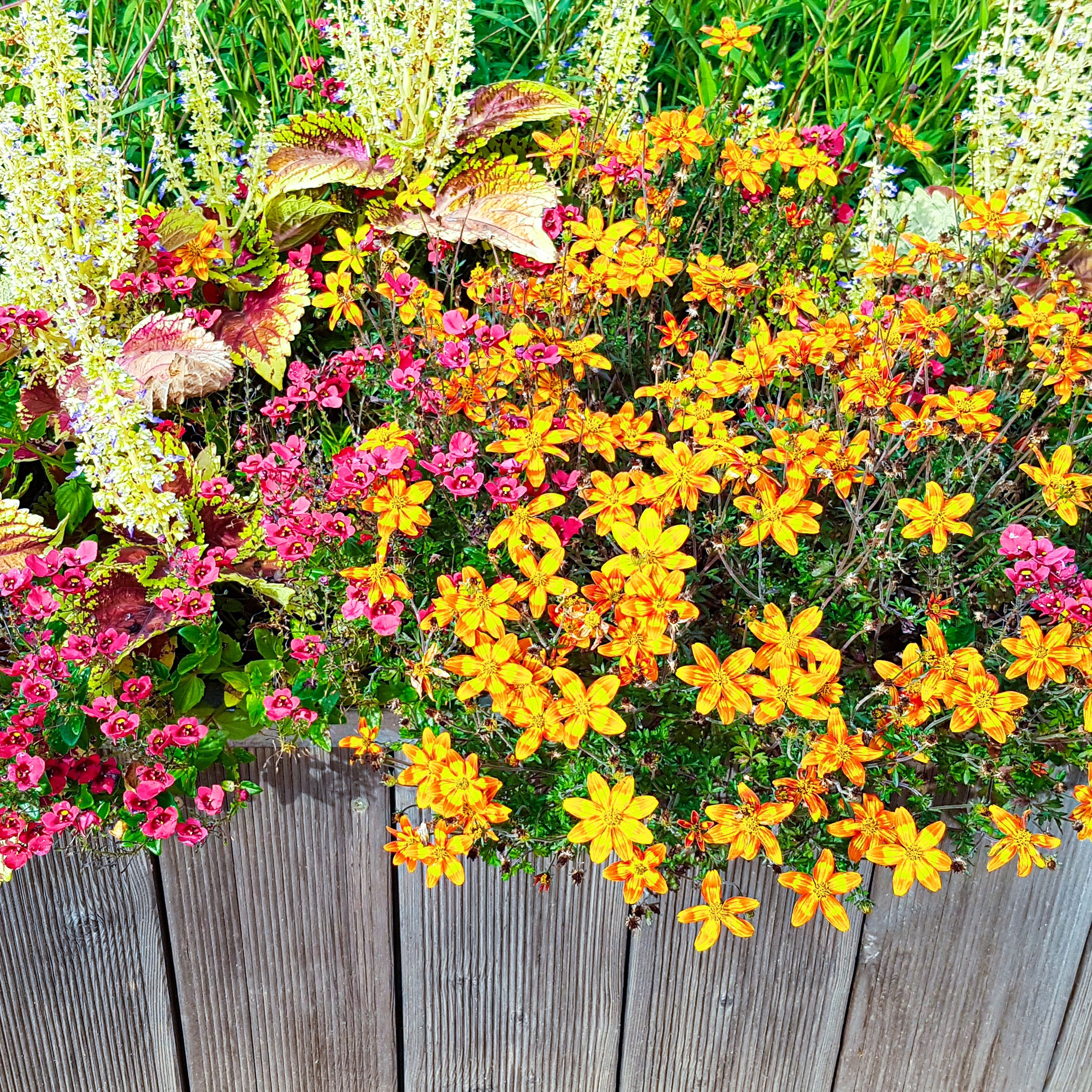 Ultimate Raised Beds For Small Gardens: Try These 5 Raised Options For Compact Corners
Ultimate Raised Beds For Small Gardens: Try These 5 Raised Options For Compact CornersThe perfect raised beds for small gardens squeeze every bit of useful space out of the most productive corners. Here are some practical space-saving ideas you can try
By Mary Ellen Ellis
-
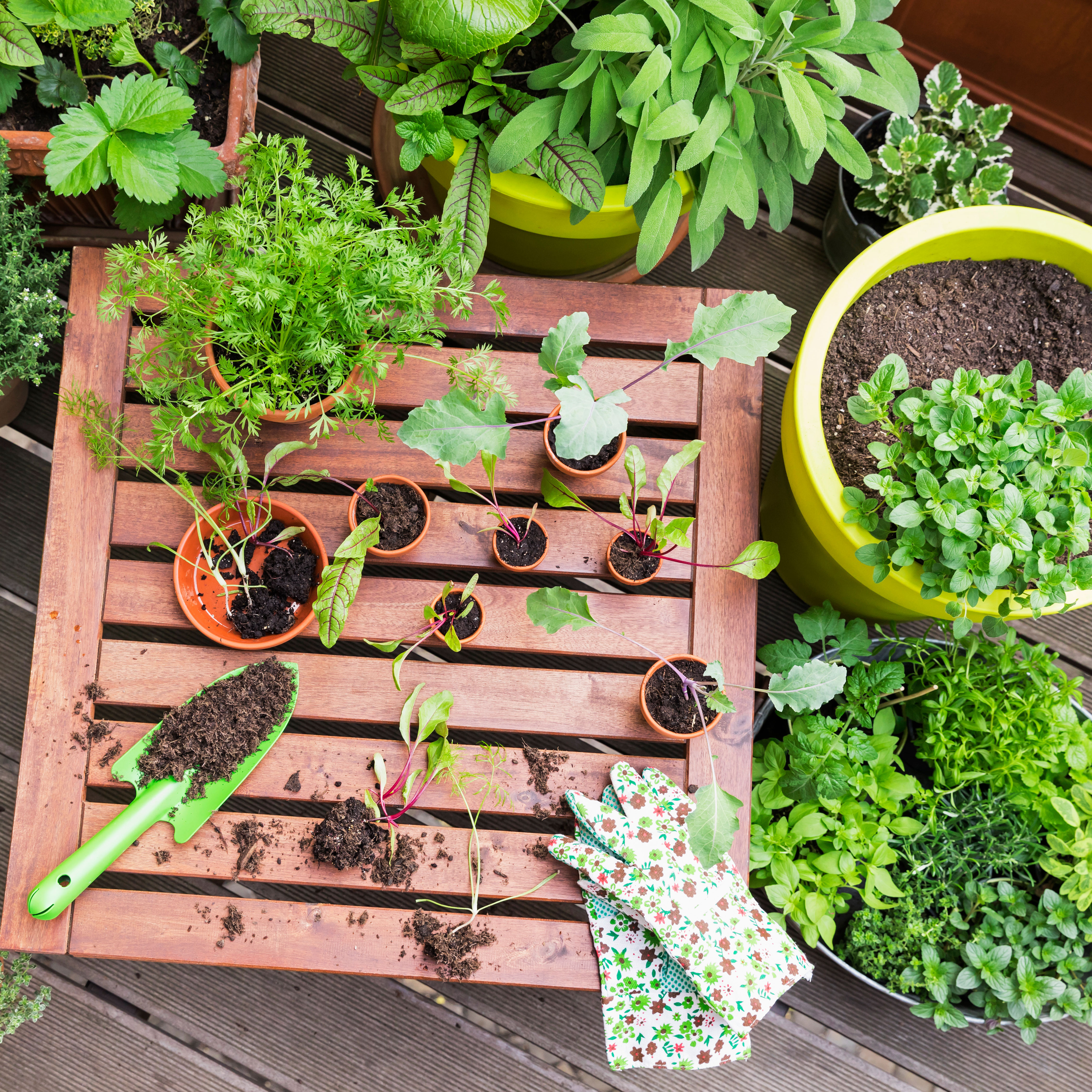 Get Started For Spring: 8 Plants To Plant In Winter For A Head Start On Your Spring Garden
Get Started For Spring: 8 Plants To Plant In Winter For A Head Start On Your Spring GardenSpring may seem the natural choice for kickstarting projects, but there are plenty of satisfying ideas you can prep ahead of time with these plants to plant in winter
By Amy Grant
-
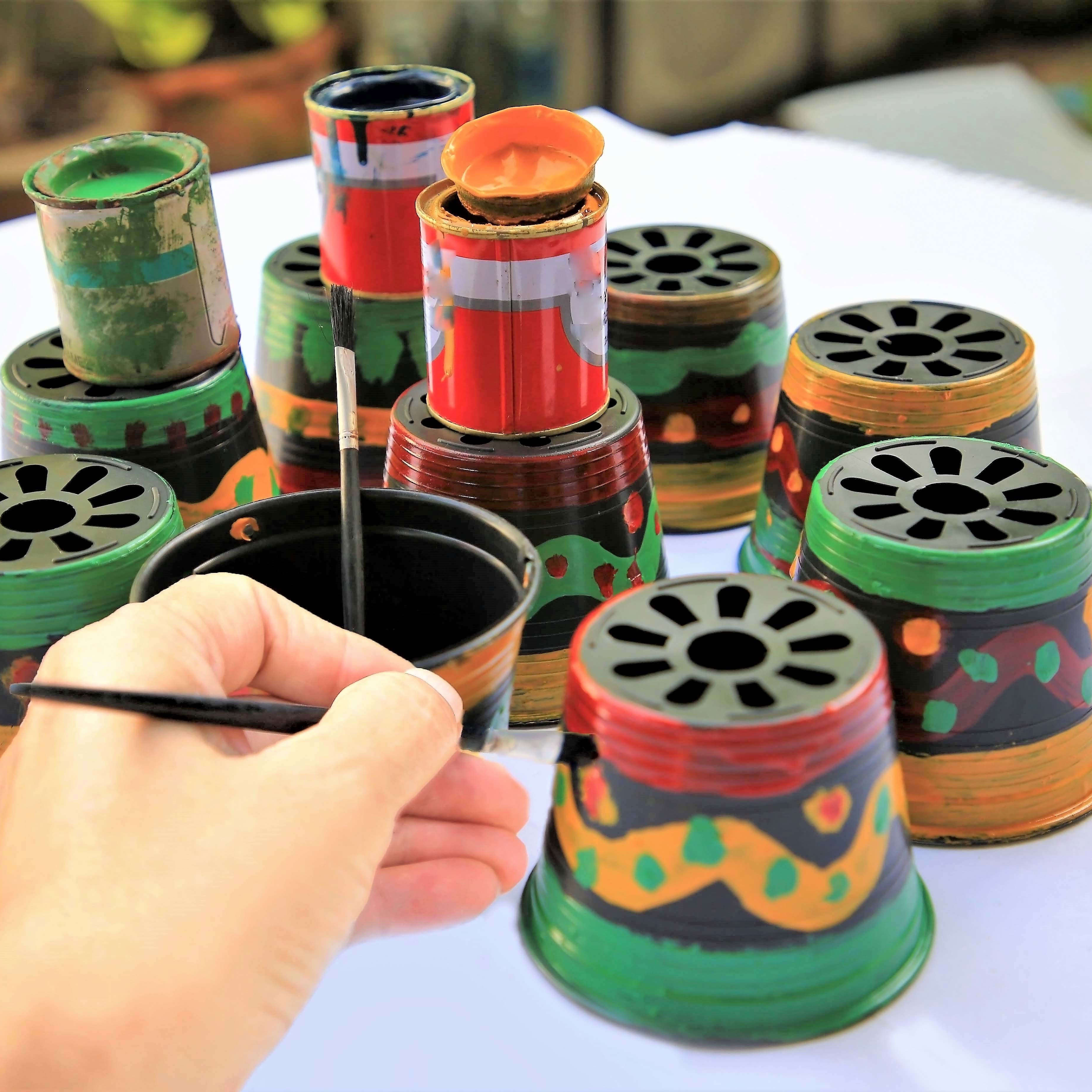 Don’t Know What To Do With Old Plant Pots? 5 Ways To Give Old Pots A New Lease Of Life
Don’t Know What To Do With Old Plant Pots? 5 Ways To Give Old Pots A New Lease Of LifeMountains of empty pots clogging up your shed or greenhouse? These nifty creative and sustainable ideas on what to do with old plant pots can help you give yours fresh purpose in the garden…
By Mary Ellen Ellis
-
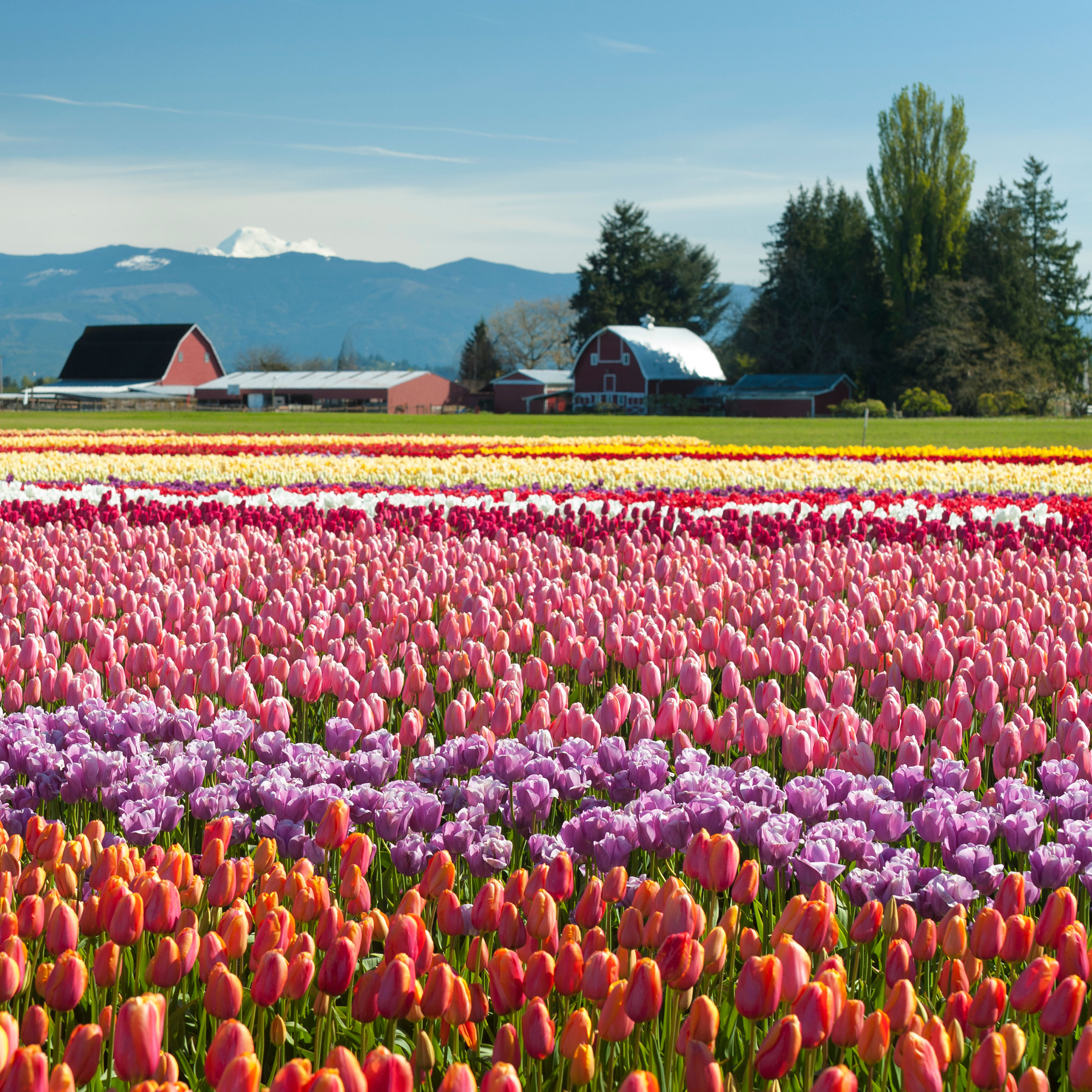 10 Fabulous Flower Festivals To Visit – Enjoy The Ultimate Inspiration For Your Garden
10 Fabulous Flower Festivals To Visit – Enjoy The Ultimate Inspiration For Your GardenStuck for garden inspiration and looking for more ideas on making your backyard notions a reality? Here are 10 flower festivals to help you unlock your growing potential
By Bonnie L. Grant
-
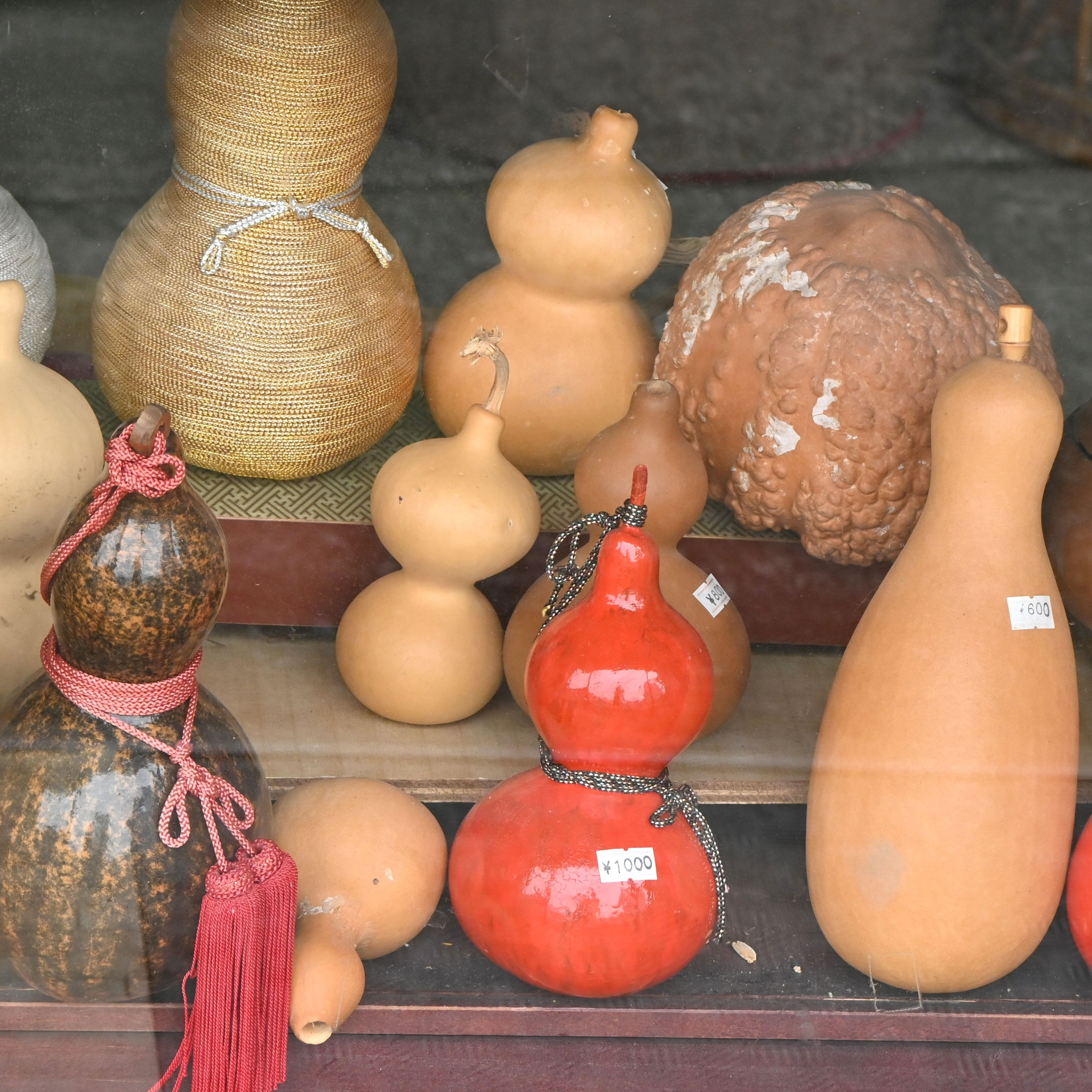 Grow A Music Garden: Hit The High Notes By Making Musical Instruments From Nature
Grow A Music Garden: Hit The High Notes By Making Musical Instruments From NatureMusic lovers and gardening lovers can find a natural groove using items growing and resting around them. Find out how easy it is making musical instruments from nature
By Teo Spengler
-
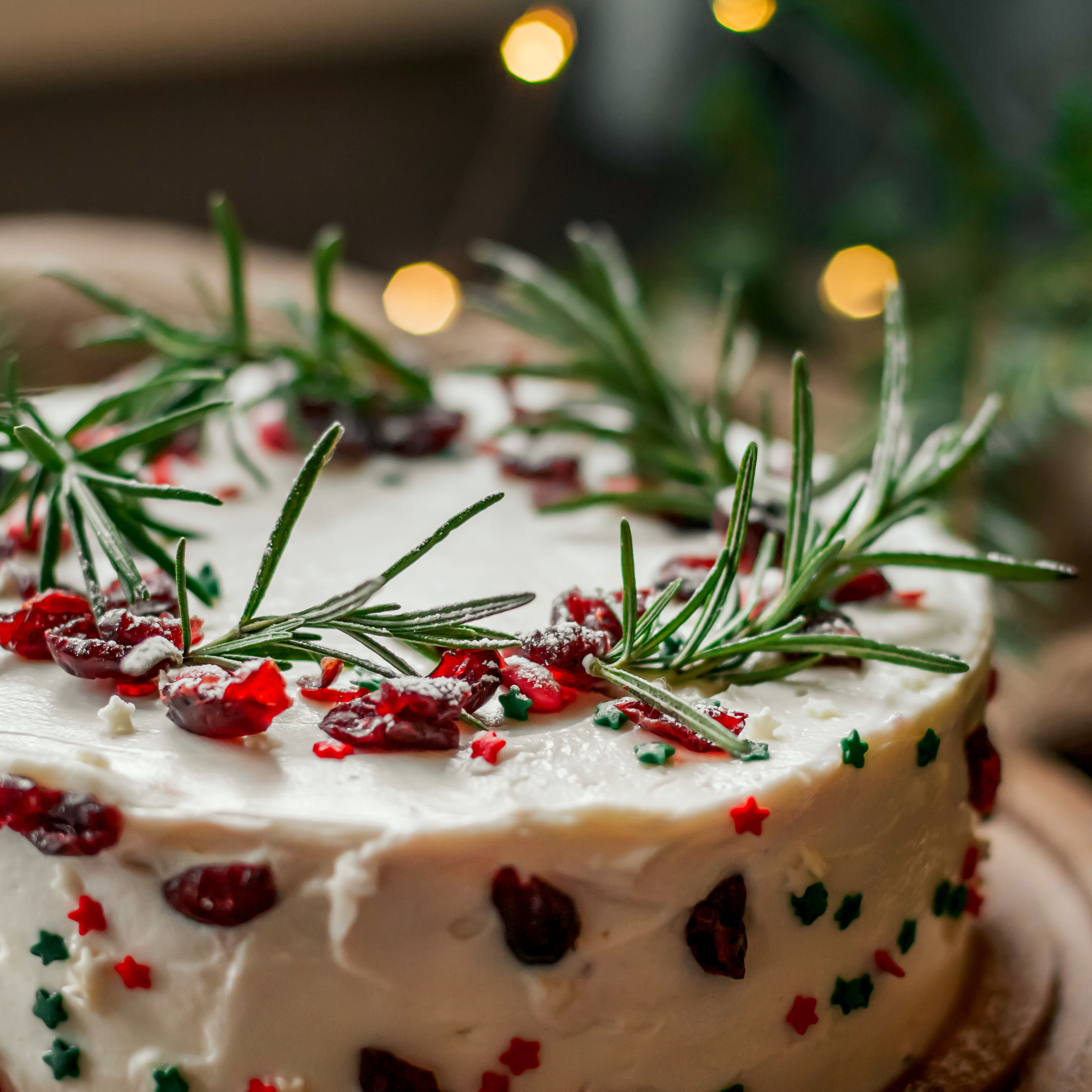 Rosemary Decor Ideas: Try These 5 Creative And Tasteful Ways To Decorate With Rosemary
Rosemary Decor Ideas: Try These 5 Creative And Tasteful Ways To Decorate With RosemaryHave you only ever used rosemary as a garnish with the festive turkey? These rosemary decor ideas will fill your home and gifting horizons with fragrant new possibilities
By Mary Ellen Ellis
-
 9 Contemporary Small Garden Ideas – Maximize Style With A Modern Design
9 Contemporary Small Garden Ideas – Maximize Style With A Modern DesignSome simple conceptual ideas can transform even the tiniest plot from humdrum to dream design. Try these 9 contemporary small garden ideas to modernize your plot
By Amy Grant